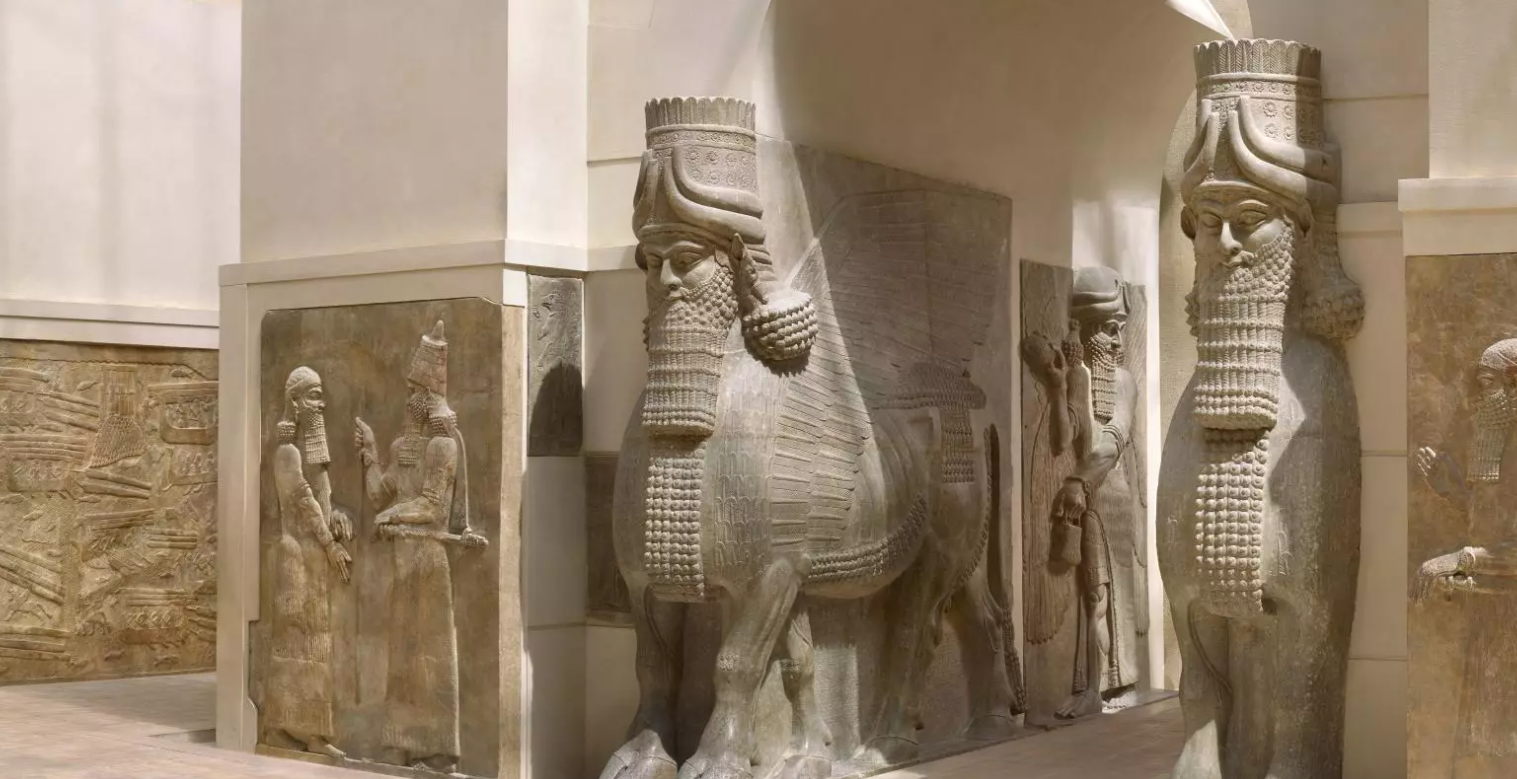The Louvre Museum
Source: Benh Lieu Song
Situated in the heart of Paris along the Seine River, the Louvre is the world's most-visited museum and a historic landmark, home to a vast collection of art and artifacts from all over the world.
At the time of its opening to the public in 1793, it had a collection of about 500 artworks. Today, the museum contains more than 500,000 works of art, of which roughly 35,000 are on display.
Originally built in the 12th century, and serving as a royal fortress and palace for centuries, both the Louvre's history and collections are an awe-inspiring showcase of human culture and civilization. The museum offers collections ranging from early Mesopotamia, ancient Greece and Egypt, the Roman Empire to the impressionists of the 19th century, representing 11,000 years of human history.
It’s wonderful, and easy, to just get lost in the Louvre, and it is so big you simply cannot see everything in one day. Many visitors make a list of the exhibits that interest them most before their visit and plan their route accordingly.
Here are just a few examples of the spectacular exhibits you may not want to miss.
The Mona Lisa displayed within the State Room. Source: Connaissancedesarts
The State Room (The Salle des Éstats)
Room 711, Denon wing, Level 1
The State Room is the largest room inside the Louvre Museum and home to the world’s most famous painting, the Mona Lisa. You will also find other renowned Venetian paintings such as The Wedding Feast at Cana by Veronese.
The Daru Staircase Source: The Louvre Museum
The Daru Staircase
Room 703, Denon wing, Level 1
One of the most iconic interior spaces within the Louvre Museum is the Daru Staircase, built in the 19th century by Hector Lefuel. Here, modern architecture meets ancient art; gracing the top of the staircase is a rare Greek statue of the goddess of victory, The Winged Victory of Samothrace, of which its exact origin is still unknown.
The Winged Victory of Samothrace Source: ARTE Distribution
Artifacts within the Khorsabad Courtyard Source: The Louvre Museum
The Khorsabad Courtyard (The Cour Khorsabad)
Room 229, Richelieu wing, Level 0
This courtyard contains the artifacts of a massive city that was built in the 8th century by King Sargon II. It took less than ten years to build the entire expanse under his reign. Upon his death, the city was eventually forgotten, and only rediscovered by archaeologists in the 19th century. These artifacts are the world's first Assyrian collection within a museum.
Statues in the Puget Courtyard Source: The Louvre Museum
Puget and Marly Courtyards (Cour Marly and Cour Puget)
Richelieu Wing, Level 1
These two courtyards are covered entirely by expansive glass ceilings illuminating the space with natural light. Interspersed trees create a unique and inviting feel. Both courtyards display primarily outdoor sculptures from the time of King Louis XIV.
Marly Courtyard Source: Marina Gross Hoy
To dive further into the history of the artifacts in the Louvre Museum, view their website here.







